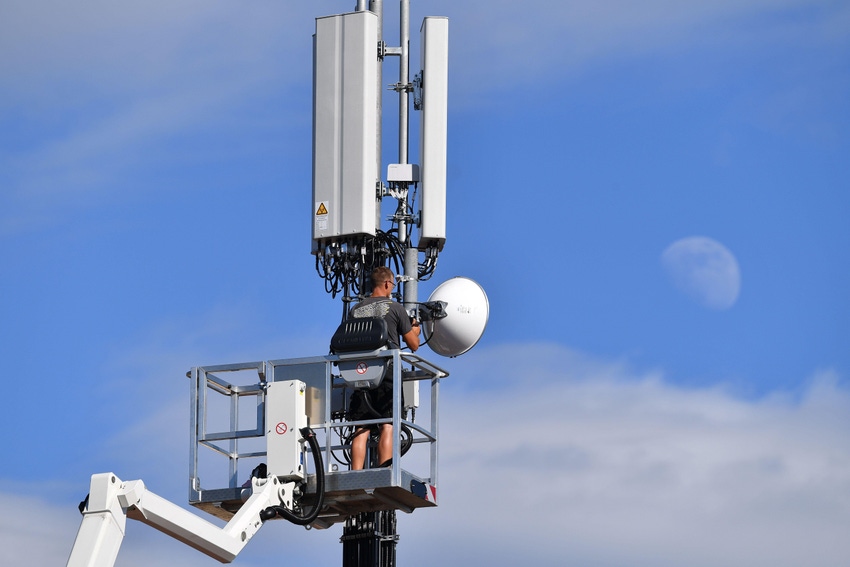T-Mobile, Verizon disclose FWA usage stats
Verizon said its fixed wireless customers consume an average of 300GB of data per month. For T-Mobile, that figure is around 450GB of data per month. That's close to the average reported by OpenVault of 566GB.

LAS VEGAS – MWC23 – The nation's two biggest fixed wireless Internet players both released information this week on how much data their customers use. Verizon said its fixed wireless customers consume an average of 300GB of data per month, while T-Mobile said its own customers consume an average of around 450GB of data per month.
The figures are roughly in line with average usage trends on wired networks. According to OpenVault, broadband users will consume an average of around 566GB of data this month. Similarly, Comcast reported in the third quarter that its broadband-only customers consume an average of around 700GB per month.
"As of August, over 2.5 million consumer and business customers are using Verizon's FWA [fixed wireless access] service with each using just over 300 GB of data per month," Verizon wrote in a press release this week. Separately, T-Mobile's John Saw disclosed the company's usage figure during a presentation this week at the MWC Vegas trade show.
The numbers are important because they help provide insights into how the FWA offerings from T-Mobile and Verizon stack up against established in-home Internet offerings from the likes of Comcast. FWA services have taken the US broadband market by storm in recent months, gobbling up roughly 80% of all new broadband customers in the second quarter, according to the financial analysts at New Street Research. The situation has left some fiber and cable Internet providers scrambling to show gains of their own.
However, many expect growth in the FWA industry in general to taper off as operators max out their network capacity. After all, large scale wireless networks – which are constrained by the amount of spectrum they can use – typically cannot support the same amount of overall data usage as wired networks.
Looking to the future
According to Charter Communications CEO Chris Winfrey, FWA services ultimately cannot stand up to the demands of speed and bandwidth among broadband customers.
"As consumer bandwidth needs increase over time and as the network capacity of these mobile networks shrinks as a result of the utilization, I think fixed wireless access turns into really just another form of DSL," he said, noting that most DSL customers in the US are now looking for faster and more reliable options.
According to the New Street analysts, a large chunk of the customers heading to FWA are switching from cable. But they cautioned that FWA growth is due to a variety of other factors – and that it's starting to slow.
"Close to 20% of FWA gross [customer] adds are new to industry; almost double the share for the market overall. This supports the hypothesis that FWA from the two most successful wireless operators would draw heavily from households that were previously wireless only," they wrote in a recent report.
The analysts also noted that growth in the FWA industry in general is starting to flatline, with T-Mobile and Verizon now collectively adding around 900,0000 new FWA customers every quarter.
"We suspect maintaining adds at that level will be a challenge as gross adds flatten and disconnects grow with the base, particularly by the second half of next year. As FWA adds fall, fixed adds should accelerate," they wrote.
About the Author(s)
You May Also Like











